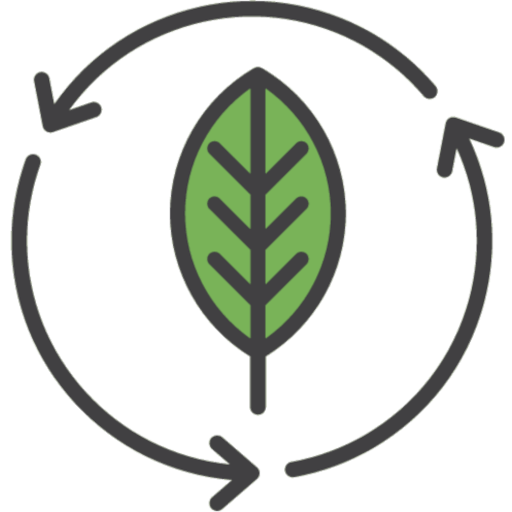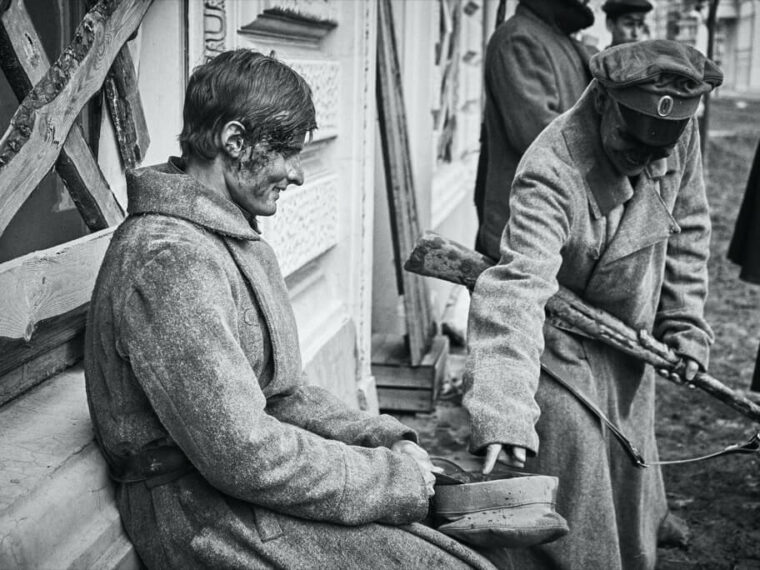Anthony Johnson’s arrival in America in 1620 marked a significant moment in history. Unlike many who came as indentured servants by choice, Johnson, hailing from Angola, was forcibly taken by neighboring tribesmen and sold into servitude. His journey to the Colony of Virginia was not of his own volition but a result of the transatlantic slave trade that was beginning to take shape.
Johnson’s status upon arrival in Virginia was not that of a slave but an indentured servant. This distinction is crucial as it reflects the complex dynamics of labor in early colonial America. Indentured servants, unlike slaves, had contracts with a set duration and were often compensated at the end of their service with land, food, clothing, and tools. This system was prevalent among the poor from Ireland, England, Germany, and Scotland, seeking new opportunities in the Americas.
During his indenture on a tobacco farm, Johnson’s life was defined by hard labor under the contract holder’s control. It was in these circumstances that he met his future wife, Mary, another indentured servant on the same farm. Johnson’s life in America, beginning in servitude, laid the foundation for his eventual significant role in colonial society.
In 1635, after approximately 14 years of service, Johnson gained his freedom and acquired land, taking the first steps towards establishing his own tobacco farm. This transition from indentured servant to landowner was a pivotal moment in Johnson’s life, illustrating the mobility possible within the colonial system for some individuals.
As a landowner, Johnson capitalized on the headright system, a colonial policy designed to encourage the settlement of the Americas. This system granted land to individuals who financed the passage of new colonists, allowing Johnson to expand his holdings significantly. His engagement in this system reflects the entrepreneurial spirit that many settlers, including former servants like Johnson, embraced.
The legal dispute involving Johnson and John Casor, an African servant, in 1654 is a landmark case in the history of slavery in America. Casor claimed he had completed his contracted service, a claim Johnson disputed, insisting that Casor was bound to him for life. Johnson’s victory in court not only resulted in Casor becoming his lifelong slave but also set a legal precedent for slavery in the British colonies.
The Inception of the Transatlantic Slave Trade
The transatlantic slave trade, initiated by European merchants in the 16th century, notably by the Portuguese, marked a significant and dark period in human history. This trade involved the mass forced transportation of Africans to the Americas and Europe. The primary catalyst for this was the growing demand in Europe for labor to cultivate the vast plantations in the New World. Europeans sought a cheap, efficient labor force, and unfortunately, they found this in the enslavement of African people. This trade not only redefined global economic systems but also had a profound and devastating impact on African societies.
Pre-Colonial African Slavery and Its Evolution
Slavery in Africa before the arrival of Europeans was markedly different from the chattel slavery that characterized the transatlantic slave trade. In many African societies, slavery existed but often resembled serfdom, where individuals were enslaved due to debts or as a punishment for crimes. However, the nature of slavery in Africa began to change with the increasing European demand for enslaved people. The external demand for slaves, primarily for work on American plantations, transformed internal African slavery practices, leading to increased raids and wars among communities to capture slaves for European traders.
The Dutch and the Establishment of Slavery in South Africa
In South Africa, the Dutch played a crucial role in establishing slavery under the leadership of Jan van Riebeeck in 1652. Initially, van Riebeeck, who set up a refreshment station in Cape Town for ships en route to the Dutch East Indies, attempted to negotiate with local populations for labor. However, these negotiations failed, leading to the introduction of slavery in the Cape Colony. The decision to use enslaved labor marked the beginning of a system that would deeply affect the region’s socio-economic and cultural landscape. This action by the Dutch was part of a broader pattern of European colonial powers imposing slavery in their colonies, significantly impacting indigenous populations and their future generations.
| The First Slave: Historical Context | The First Slave: Personal Impact |
|---|---|
| 1. You learn about the origins of slavery from a historical perspective, focusing on the role of European merchants in initiating the transatlantic slave trade. | 1. You empathize with the personal stories of those enslaved, understanding the profound personal trauma and loss of freedom they experienced. |
| 2. You explore the pre-colonial forms of slavery in Africa, gaining insight into how these practices were transformed by European demand. | 2. You reflect on the resilience and strength individuals showed in the face of enslavement and their struggle for dignity and autonomy. |
| 3. You examine the Dutch role in establishing slavery in South Africa, understanding the broader colonial strategies and their socio-economic impacts. | 3. You consider the impact of slavery on family structures and cultural identities, recognizing the deep-seated personal ramifications for enslaved people and their descendants. |
| 4. You study the evolution of slavery laws and practices, observing how legal systems were manipulated to justify and perpetuate slavery. | 4. You ponder the psychological effects of enslavement, including the enduring trauma and its intergenerational impact on the descendants of enslaved people. |
| 5. You analyze the economic motivations behind slavery, recognizing how the pursuit of profit led to the commodification of human lives. | 5. You contemplate the individual stories of resistance and rebellion against slavery, admiring the courage and determination to fight for freedom and justice. |
Understanding the journey from initial capture and transportation to life under servitude offers a poignant glimpse into a period that shaped the course of human history. As we delve into these narratives, we gain not only historical insight but also a deeper empathy for the struggles and resilience of those who endured this harsh reality. It’s a poignant reminder of the human cost of historical events and the enduring impact on societies and individuals.
Please feel free to use the contact form provided here to share your queries or thoughts. Your engagement and interest in understanding this significant part of history are invaluable, and I am here to provide further insights and information. Whether it’s for academic purposes, personal understanding, or a deeper discussion on the subject, don’t hesitate to get in touch. Your perspectives and inquiries are always welcome and will be met with detailed responses and continued dialogue.


